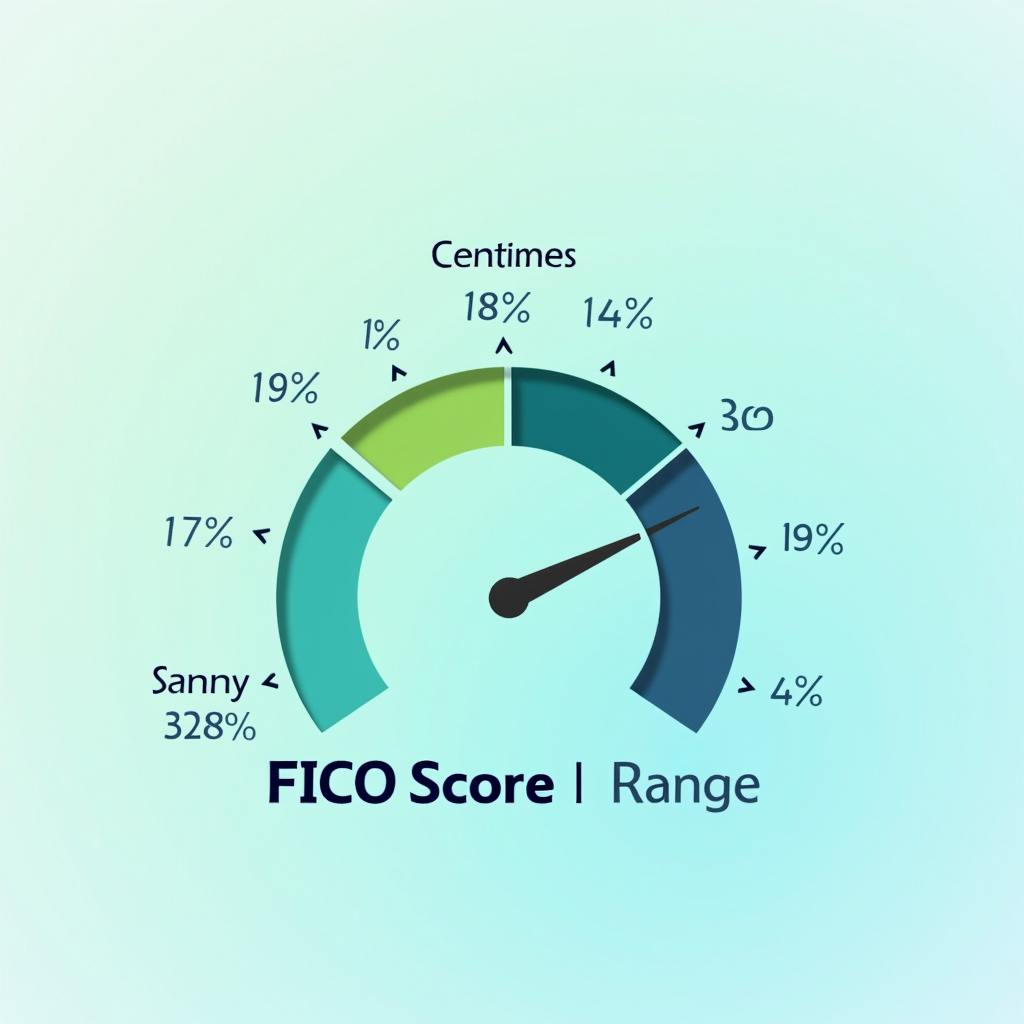Asset Allocation Models for Different Life Stages
Introduction
You remember that scene in every heist movie where the whole crew huddles around a table, divvying up their loot? That’s you and your money—except hopefully with fewer ski masks and more 401(k) statements. Today, we’re talking asset allocation: a deceptively simple strategy that holds the secret to your financial well-being, through every wild and wonderful stage of life.
So, what is asset allocation, and why does it keep popping up in every finance article that isn’t also trying to sell you gold bars or “the next big crypto”? In a nutshell, asset allocation is your game plan for how to divvy up your investments across things like stocks, bonds, cash, and real estate. It’s basically the art of not putting all your eggs—or your future—into one basket.
And here’s the kicker: your relationship with risk, reward, and FOMO isn’t static. Your goals (first apartment, kids’ college, dream vacation, not eating cat food when you retire) and your comfort with risk change just as much as the times you’ve switched shampoo brands. Each life stage has its own financial quirks, and your asset allocation should be keeping up.
Let’s find the right mix for you, wherever you are on the journey—with emphasis on both financial wisdom and the occasional, much-needed laugh at market volatility.
Understanding Asset Allocation
Definition and Importance
Let’s get technical for a second—and I promise, no jargon bingo. Asset allocation is the process of splitting your investments among different types of assets—think stocks, bonds, cash, real estate, sometimes even more exotic critters like commodities. Why bother? Because each asset class behaves a little differently, and spreading your money across them helps manage risk while aiming for those sweet, sweet returns.
Imagine making a giant, comfort-food stew. Too much hot sauce (erm, stocks) and you’re sweating bullets; too much potato (bonds), and it’s bland. The right mix? Chef’s kiss—and potentially the difference between living large and, well, struggling to afford stew in the first place.
Why is this crucial? Decades of research (see: Modern Portfolio Theory) show that asset allocation—not endless stock-picking—explains the lion’s share of portfolio performance. Get the big picture right, and you worry less about the daily market drama.
Key Components of Asset Allocation
Asset Classes
- Stocks: Shares in companies. Potentially big gains, but expect volatility (like a caffeine-fueled toddler).
- Bonds: Loans to companies or governments. Lower returns, but steadier—think boring but reliable.
- Real Estate: Property or property-backed investments. Can add stability and growth, but not especially liquid (good luck selling a house at the ATM).
- Cash: We’re talking savings accounts, money markets. Low risk. Lower returns. But you’ll sleep better at night—unless you dream about inflation.
Risk vs. Return
Risk and return are the peanut butter and jelly of investing—inseparable but occasionally sticky. Generally, higher potential returns mean higher risk (and vice versa). The trick is to balance these based on your goals, age, and how much excitement (or drama) your heart can handle.

Life Stages and Their Asset Allocation Needs
Young Adults (Ages 20-30)
Investment Philosophy
Ah, youth. A time for growth, experimentation, and dubious haircuts—and when it comes to investing, a high tolerance for risk. With decades until retirement, you can let your money ride out the market’s rollercoaster.
Recommended Asset Allocation
- Stocks: 70–90%
- Bonds: 10–20%
- Cash/Other: Up to 10%
You want growth, and you’ve got time—plus, nothing says “cool investment” like future-you thanking past-you. Just don’t forget a small safety net: building an emergency fund should be hot on your to-do list.
Financial Goals
- Saving for big purchases (car, travel, golden retriever)
- Laying the foundation for long-term wealth
- Establishing good financial habits (your future self will weep with gratitude)
Mid-Career Professionals (Ages 30-50)
Investment Philosophy
Now you’re balancing career, maybe a mortgage, and spawn (a.k.a. children) who have expensive hobbies—like eating every single day. Your focus is growth, but with an appreciating eye on risk.
Recommended Asset Allocation
- Stocks: 50–70%
- Bonds: 25–40%
- Cash/Other: 5–15%
You’re still chasing returns, but a bit more cautious—think less skydiving, more zip-lining.
Financial Goals
- Home ownership (and repairs)
- Funding kids’ education (unless you’ve convinced them to learn for free on YouTube)
- Turbocharging retirement savings
Pre-Retirees (Ages 50-65)
Investment Philosophy
Preserving capital is the name of the game. You’re close to crossing the finish line and want to make sure you don’t trip over your own shoelaces.
Recommended Asset Allocation
- Stocks: 30–50%
- Bonds: 40–60%
- Cash/Other: 10–20%
Keep some stocks for growth, but dial up the safety net. Sleep and financial peace are not overrated.
Financial Goals
- Protect what you’ve built
- Avoid major losses
- Get ready for a steady retirement paycheck
Retirees (Ages 65+)
Investment Philosophy
Welcome to the era of: “Show me the money—consistently and safely, please.” Priorities: generating regular income, controlling risk, sleeping even better.
Recommended Asset Allocation
- Stocks: 15–30%
- Bonds: 55–75%
- Cash/Other: 10–20%
Lots of fixed income to fund daily life and those pesky medical bills—they’re like plot twists, always showing up when you least expect.
Financial Goals
- Pay the bills (and for the golf membership)
- Stay ahead of inflation
- Keep enough liquidity for healthcare and surprises

Adjusting Asset Allocation Over Time
Importance of Rebalancing
Markets move, and so does your portfolio—sometimes in ways that would impress even the boldest of ballet dancers. Enter rebalancing: your periodic check-in to nudge your allocation back to your target.
Why rebalance? If stocks soar, they might become too much of your mix, making you vulnerable. If bonds outperform, you might get too cautious. Set a regular schedule (annually or semi-annually), and don’t be afraid to trim the winners and top up the laggards.
More tips on rebalancing from the pros: Rebalancing Your Portfolio.
Life Events Impacting Asset Allocation
- Marriage: Suddenly, “my money” becomes “our spreadsheet.” Combine goals, reassess risk.
- Children: Think about new expenses and long-term plans (like, say, college or buying 12 pairs of sneakers every year).
- Career Changes: Big promotion or sudden sabbatical? Time to review your investment risk.
- Health Issues: Sometimes, liquidity becomes critical. Safety trumps growth.

Tools and Resources for Effective Asset Allocation
Financial Advisors and Robo-Advisors
Not a fan of spreadsheets? No judgment—some people enjoy karaoke too. Professional financial advisors, especially Certified Financial Planners (CFPs), can tailor allocations and keep you on track.
Or, let an algorithm do the heavy lifting with robo-advisors like Betterment or Wealthfront. They’ll suggest and adjust your mix based on savvy science—and they don’t get emotional (unless you count server errors).
Online Calculators and Educational Resources
Try tools like:
Books and Articles for Further Reading
Get deeper with classics like:
- The Intelligent Asset Allocator by William Bernstein
- Unshakeable by Tony Robbins
- Investopedia’s asset allocation guides for bite-sized learning
Conclusion
Every life stage deserves a financial plan that fits like your favorite T-shirt: comfortable, reliable, and just stylish enough. By matching your asset allocation to your age, dreams, and (let’s be honest) anxiety levels, you give yourself the best shot at building wealth and weathering whatever surprises life throws your way.
Take a minute—right now—to think about your mix. Does it fit your age and goals? If you’re not sure, that’s okay. Start exploring, start asking questions, and start a conversation.
What’s your biggest lesson about investing through life’s changes? Any asset allocation facepalms, or a tip that saved your portfolio from disaster? Share with us in the comments—let’s learn and laugh together. After all, the best part of financial planning is not just growing wealth, but growing wiser, too.

